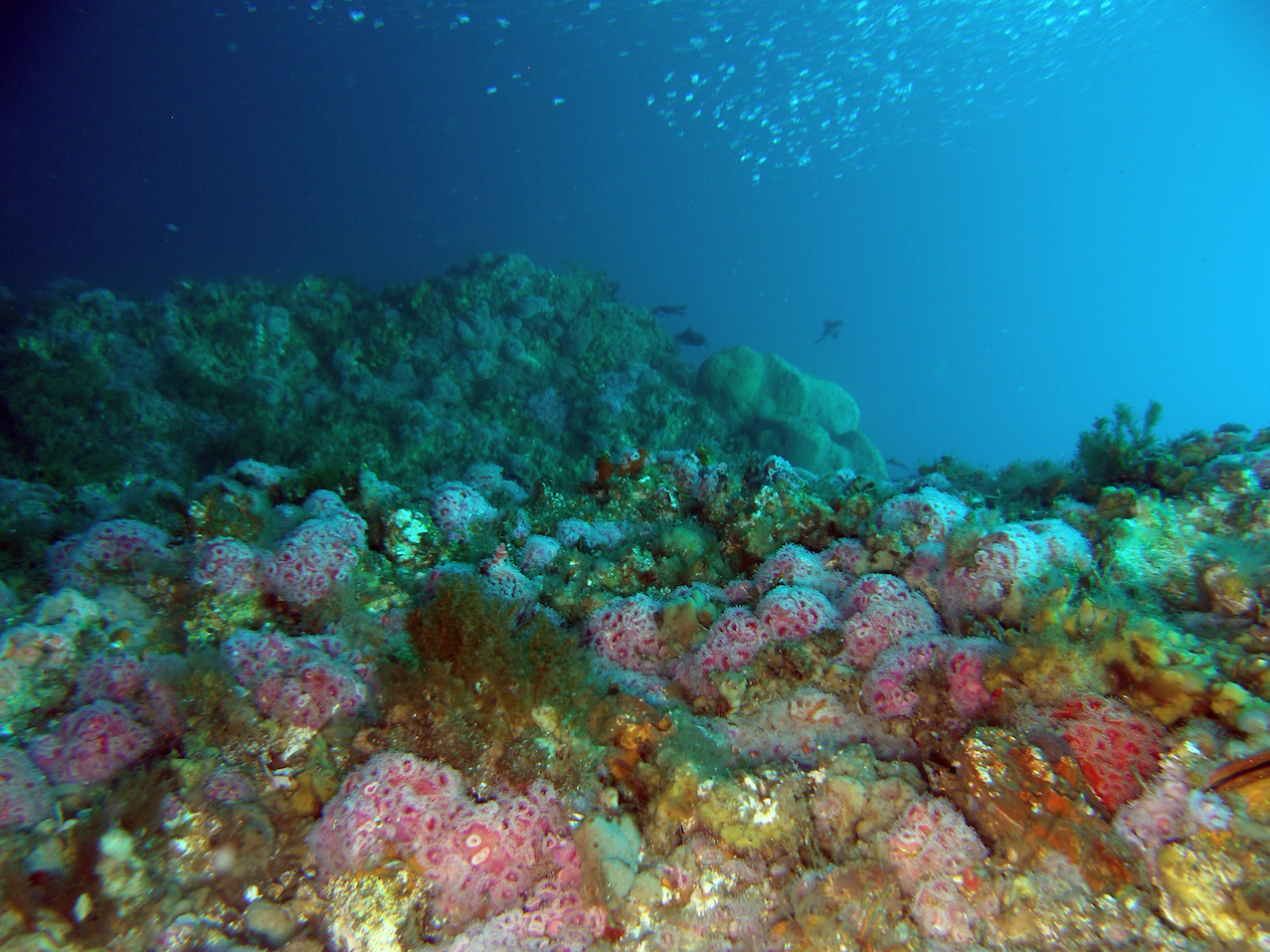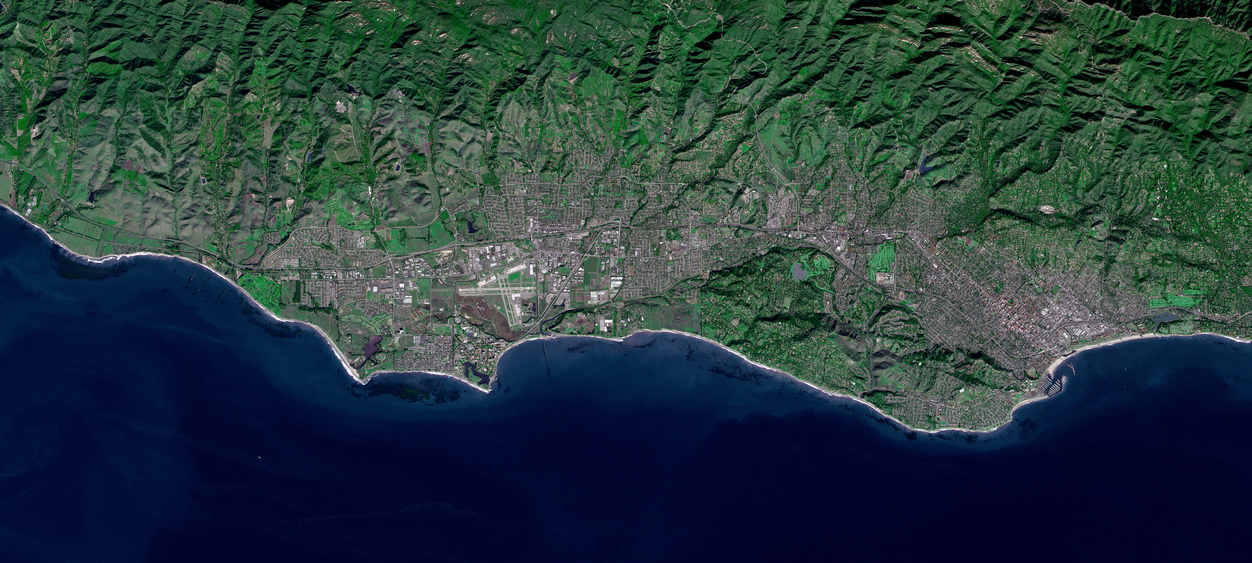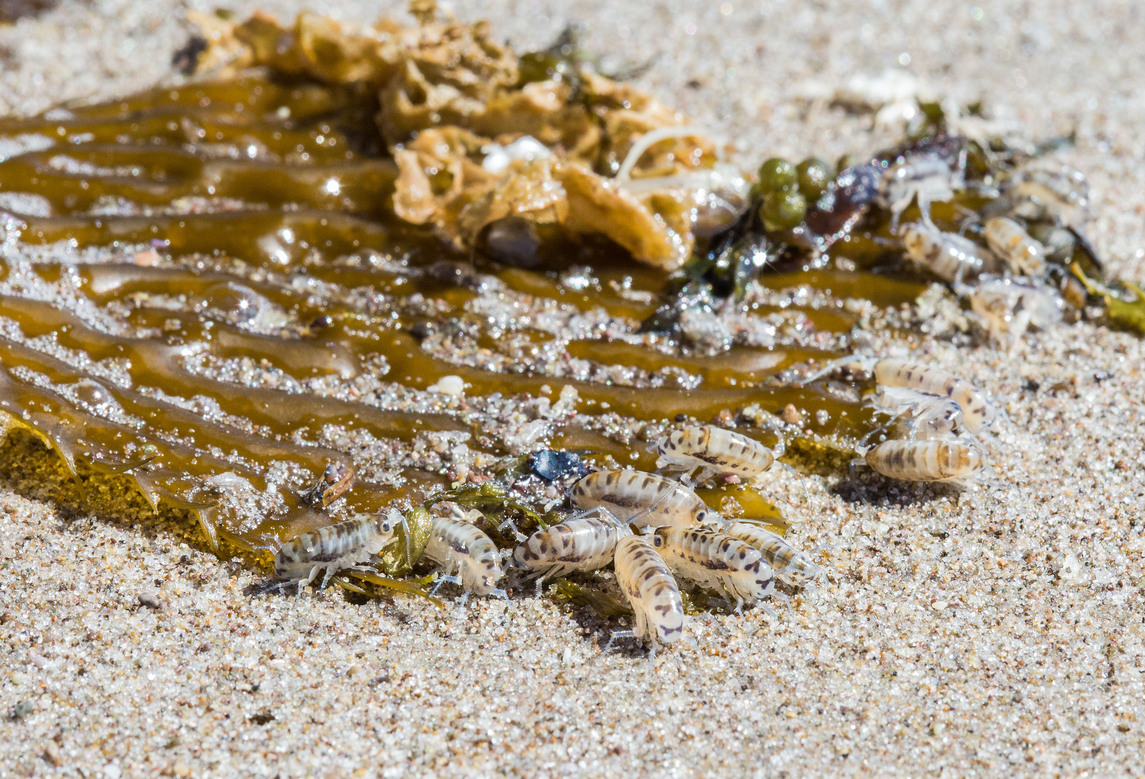SBC LTER Research
Theme 3. Spatial dynamics and connectivity of kelp forests and adjacent ecosystems
Kelp forests are spatially patchy and are demographically connected to each other via the exchange of individuals and trophically connected to other ecosystems via the movement of organic matter. How demographic connectivity among local kelp populations varies with environmental drivers to affect the stability of the larger kelp metapopulation is poorly understood, as is the degree to which synchronous fluctuations in organic matter delivered to and from kelp forests affect the dynamics of the consumer populations that feed on this material. The research in Theme 3 is using in situ observations and experiments, remote sensing observations from satellites and autonomous aerial and underwater vehicles and oceanographic circulation models to fill these knowledge gaps.
- Explore how demographic connectivity among local kelp populations varies with environmental drivers and affects the stability of the larger kelp metapopulationas
- Understand the degree to which synchronous fluctuations in organic matter delivered to and from kelp forests affect the dynamics of the consumer populations that feed on this material.
Below, invertebrate suspension feeders account for most of the consumer biomass in SBC kelp forests and they rely on the allochthonous production of phytoplankton as their primary food source


Kelp forest are patchily distributed along the coast and their rapid recovery following local extinction depends on the dispersal of spores from neighboring extant populations, which in turn allows local kelp populations to function as a metapopulation that promotes regional persistence
Beach food webs are fueled by large amounts of macroalgae exported from nearby kelp forests
